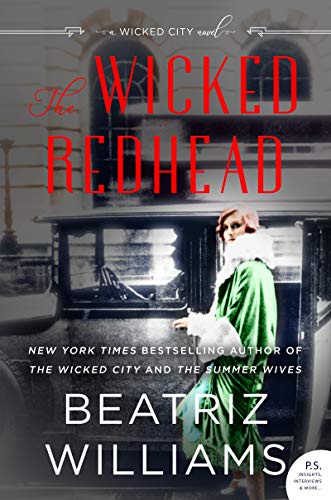 The Wicked Redhead: A Wicked City Novel by Beatriz Williams
The Wicked Redhead: A Wicked City Novel by Beatriz Williams Format: eARC
Source: supplied by publisher via Edelweiss
Formats available: hardcover, paperback, large print, ebook, audiobook
Genres: historical fiction, timeslip fiction
Series: Wicked City #2
Pages: 432
Published by William Morrow Paperbacks on December 10, 2019
Purchasing Info: Author's Website, Publisher's Website, Amazon, Barnes & Noble, Kobo, Bookshop.org
Goodreads
In this follow-up to The Wicked City, New York Times bestselling author Beatriz Williams combines past and present in this delicious Jazz Age adventure featuring a saucy redheaded flapper, the square-jawed Prohibition agent who loves her, and a beautiful divorcee trying to remake her life in contemporary New York.
New York City, 1998: When Ella Gilbert discovers her banker husband is cheating on her, she loses both her marriage and the life she knew. In her new apartment in an old Greenwich Village building, she’s found unexpected second love with Hector, a musician who lives upstairs. And she’s discovered something else, just as surprising—a connection to the mesmerizing woman scandalously posed in a vintage photograph titled Redhead Beside Herself.
Florida, 1924: Geneva “Gin” Kelly, a smart-mouthed flapper from Appalachia, barely survived a run-in with her notorious bootlegger stepfather. She and Oliver Anson, a Prohibition agent she has inconveniently fallen in love with, take shelter in Cocoa Beach, a rum-running haven. But the turmoil she tried to leave behind won’t be so easily outrun. Anson’s mother, the formidable Mrs. Marshall, descends on Florida with a proposition that propels Gin back to the family’s opulent New York home, and into a reluctant alliance. Then Anson disappears during an investigation, and Gin must use all her guile and courage to find him.
Two very different women, separated by decades. Yet as Ella tries to free herself from her ex, she is also hunting down the truth about the captivating, wicked Redhead in her photograph—a woman who loved and lived fearlessly. And as their link grows, she feels Gin urging her on, daring her to forge her own path, wherever it leads.
My Review:
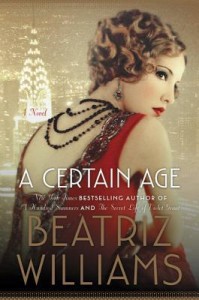 I picked up The Wicked Redhead because I absolutely loved this author’s A Certain Age, and liked the predecessor to this, The Wicked City well enough. So I signed up to see what happened next.
I picked up The Wicked Redhead because I absolutely loved this author’s A Certain Age, and liked the predecessor to this, The Wicked City well enough. So I signed up to see what happened next.
Unlike most of this author’s books, which are loosely connected with some of the same people slipping in and out of the story, The Wicked Redhead is a direct sequel to The Wicked City. The action in this book picks up immediately where the other left off – broken bones, bruises and all.
Meaning that while most of this author’s books seem to stand well alone – the connections between them are quite loose – it feels really necessary to have read The Wicked City before The Wicked Redhead – and possibly recently at that – otherwise the story feels very much like it starts in the middle. It took me a bit to feel like I had caught up – or back – to where this story begins as I read The Wicked City almost three years ago..
But one of the other differences between the Wicked City series and the author’s other books is that the connection all the others share – along with these two, is a setting among the glitterati of New York City during the Roaring 20s. A period that roared because of all the illegal booze coming into the city and being fought over both in and out of it.
In other words, during Prohibition. (BTW there is an absolutely fantastic Prohibition Museum in Savannah – but I seriously digress.)
What makes this series different is that unlike the author’s other works, this is a time slip story. In both books, the framing story revolves around Ella in the late 1990s, about to divorce her seriously slimy soon-to-be-ex and living in the building next door to the Speakeasy where the 1920s action of that first book takes place.
As Ella can hear the music of the past – literally – her story frames that of Geneva Kelly, the redhead of the title. Also the step-daughter of one of those rumrunner kingpins and the lover of an FBI agent out to fight the trade in illicit booze – albeit mostly because of the even worse crime that surrounds it.
At the end of The Wicked City, Geneva, now former FBI agent Anson Marshall, and Geneva’s little sister Patsy are on the run after the death of her stepfather at their hands. (The two adults’ hands, not little Patsy!)
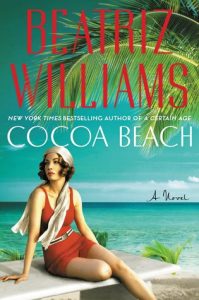 They run to Cocoa, Florida, straight to Anson’s friends Simon and Virginia, the protagonists of Cocoa Beach.
They run to Cocoa, Florida, straight to Anson’s friends Simon and Virginia, the protagonists of Cocoa Beach.
And that’s where the story really begins, as the FBI reaches out its rather dirty – at least in this instance – hands to grab Anson back again. And then proceeds to lose him.
Gin Kelly isn’t a woman for sitting around and waiting for other people to take care of her business for her. With the help of, of all people, Anson’s mother – a woman who hates Gin’s from the top of her redhead to the bottom of her low-class (at least according to Mrs. Marshall) feet, Gin sets out to find and rescue the man she loves.
While back in the 1990s, Ella works to discover who Gin really was and why the rare, beautiful and quite salacious “art” photos of “The Redhead” have landed in her lap.
Escape Rating B-: The difficulty with time slip fiction usually revolves around how to handle the two separate timelines. When the slip in time revolves around the main character moving back and forth – as in Outlander – focusing on that character takes care of the dilemma. But in most timeslip fiction the story slips between two interconnected time periods – with separate casts in each.
That’s the case here as Ella’s story in 1998 connects to Gin’s story in 1924 through that photograph of “The Redhead” and Ella’s residence in the NYC apartment building that Gin used to own, as well as a connection through a whole lot of people in 1998 whose past back in the 1920s is connected one way or another to Gin Kelly – connections that Ella uncovers – or that they uncover to her – in the course of this story.
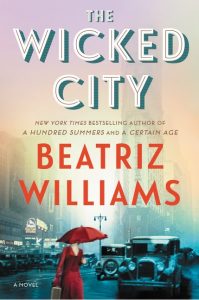 And that’s where this one fell down for me. I found Gin’s story absolutely fascinating – as I did in The Wicked City. But Ella’s story was much less interesting – but with all of those discoveries it was more of it than just a framing story. If we had stayed back in 1924 with Gin and her lovers, friends and enemies – as we did in the marvelous A Certain Age with Anson’s mother! – I’d have been a happy reader.
And that’s where this one fell down for me. I found Gin’s story absolutely fascinating – as I did in The Wicked City. But Ella’s story was much less interesting – but with all of those discoveries it was more of it than just a framing story. If we had stayed back in 1924 with Gin and her lovers, friends and enemies – as we did in the marvelous A Certain Age with Anson’s mother! – I’d have been a happy reader.
But Ella’s story – which I found unnecessary in The Wicked City – I just didn’t care for at all this time around. Having her discover that she was pregnant by the ex-husband she left in the first book seemed like just a way of screwing up her life – a life which had plenty of problems already without adding a very untimely pregnancy into the mix. Your reading mileage may vary.
Gin’s story on the other hand was a wild thrill ride complete with epic betrayals, high highs, low lows, boat chases, pirates and a desperate race against the odds. I could have followed her story all day – or at least most of a night of good reading. And I wish this story had stuck with her – because, as one of the characters says – Gin draws all eyes to her the instant she steps into the room and keeps them focused there until after she’s left.
So read this one for Gin and the rumrunners. Her story is worth a book all of its own.

.

 The Glass Ocean by
The Glass Ocean by 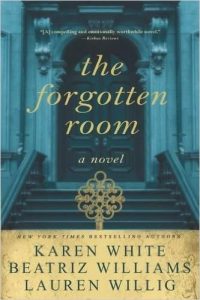 As with the previous book by the Team W,
As with the previous book by the Team W, 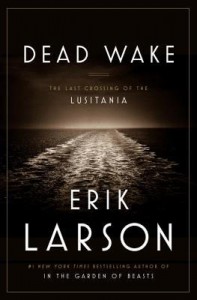 If you are interested in reading more about the Lusitania, I highly recommend – as does Team W in the afterword of The Glass Ocean,
If you are interested in reading more about the Lusitania, I highly recommend – as does Team W in the afterword of The Glass Ocean, 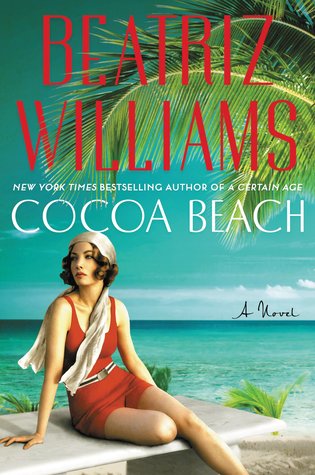 Cocoa Beach by
Cocoa Beach by 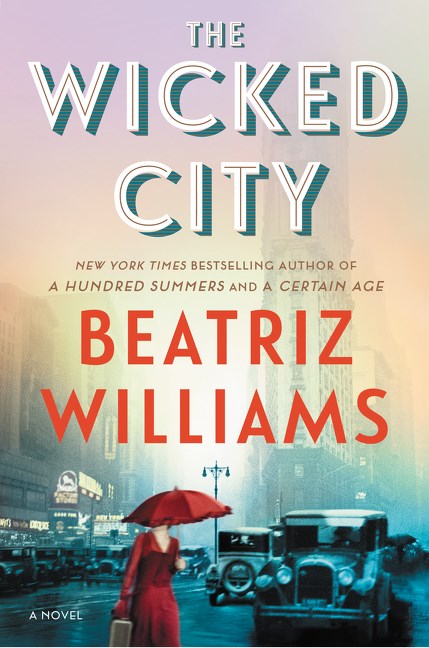 The Wicked City by
The Wicked City by 
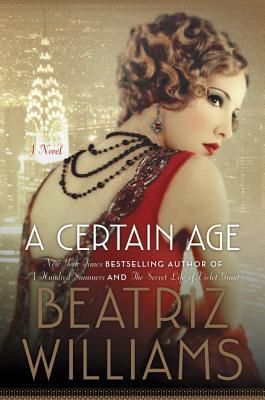 A Certain Age by
A Certain Age by 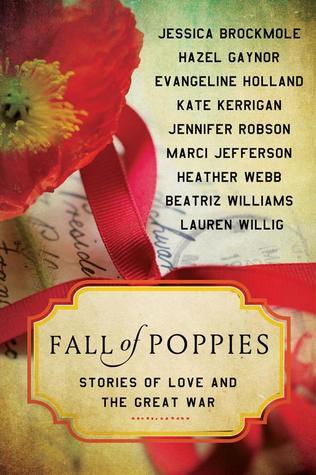 Fall of Poppies: Stories of Love and the Great War by
Fall of Poppies: Stories of Love and the Great War by